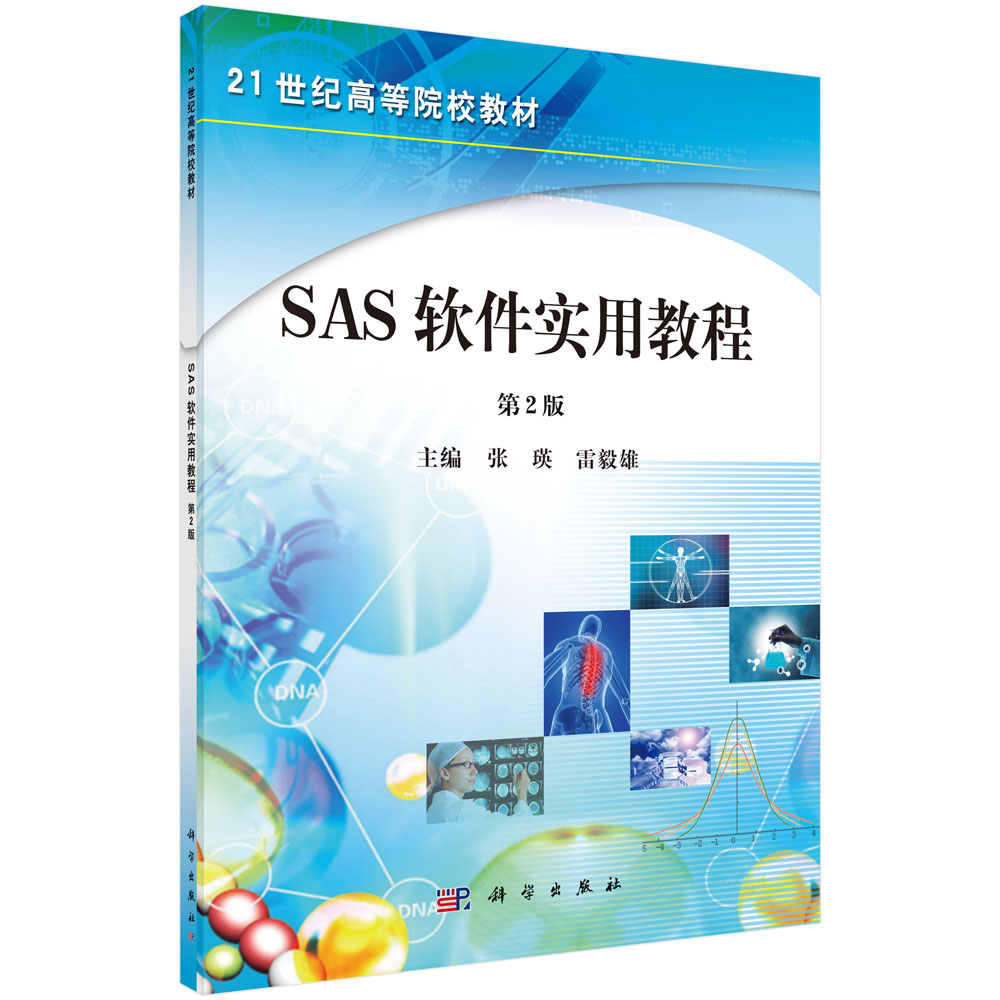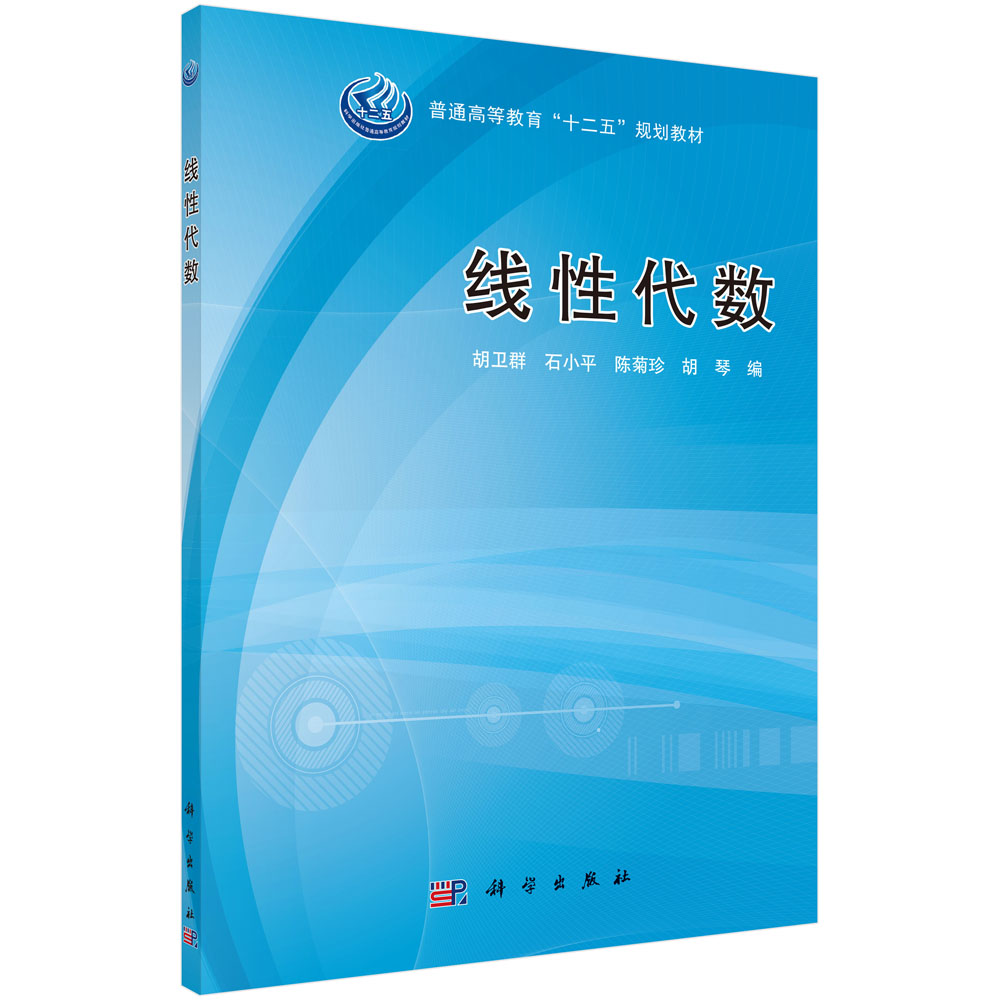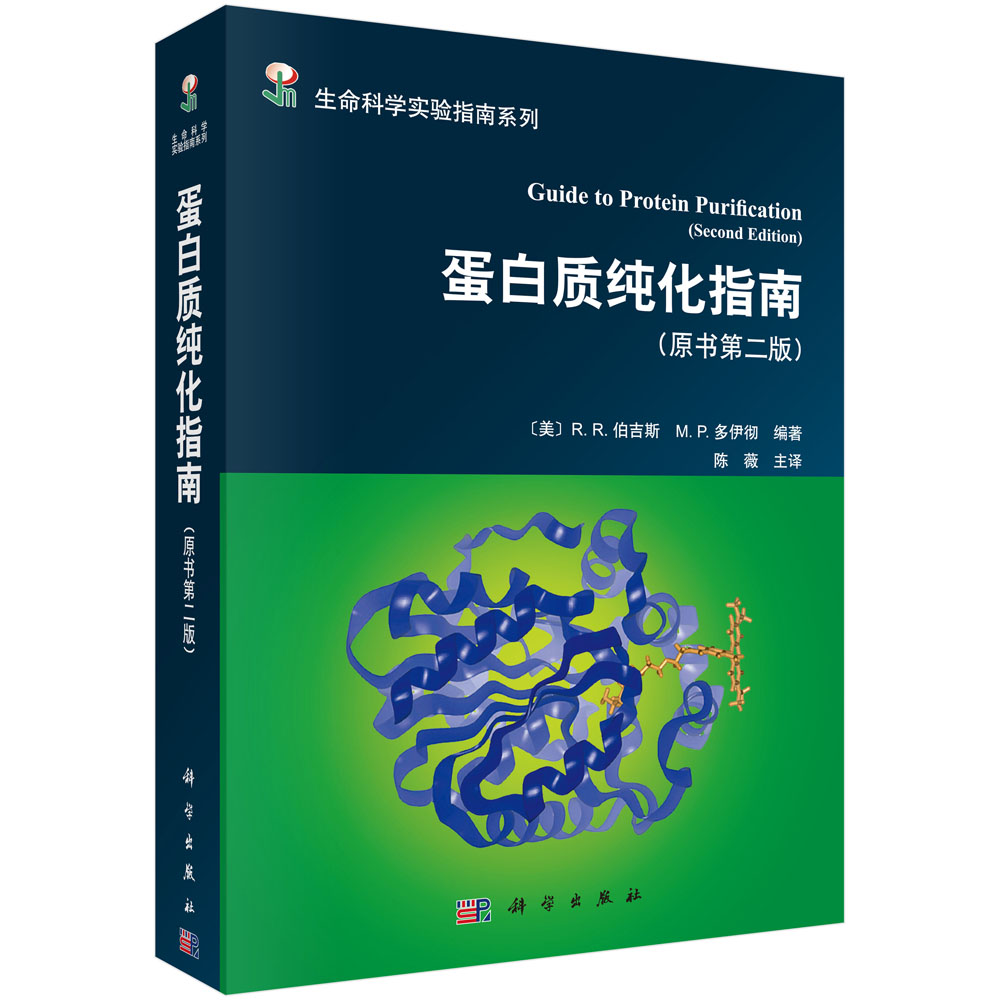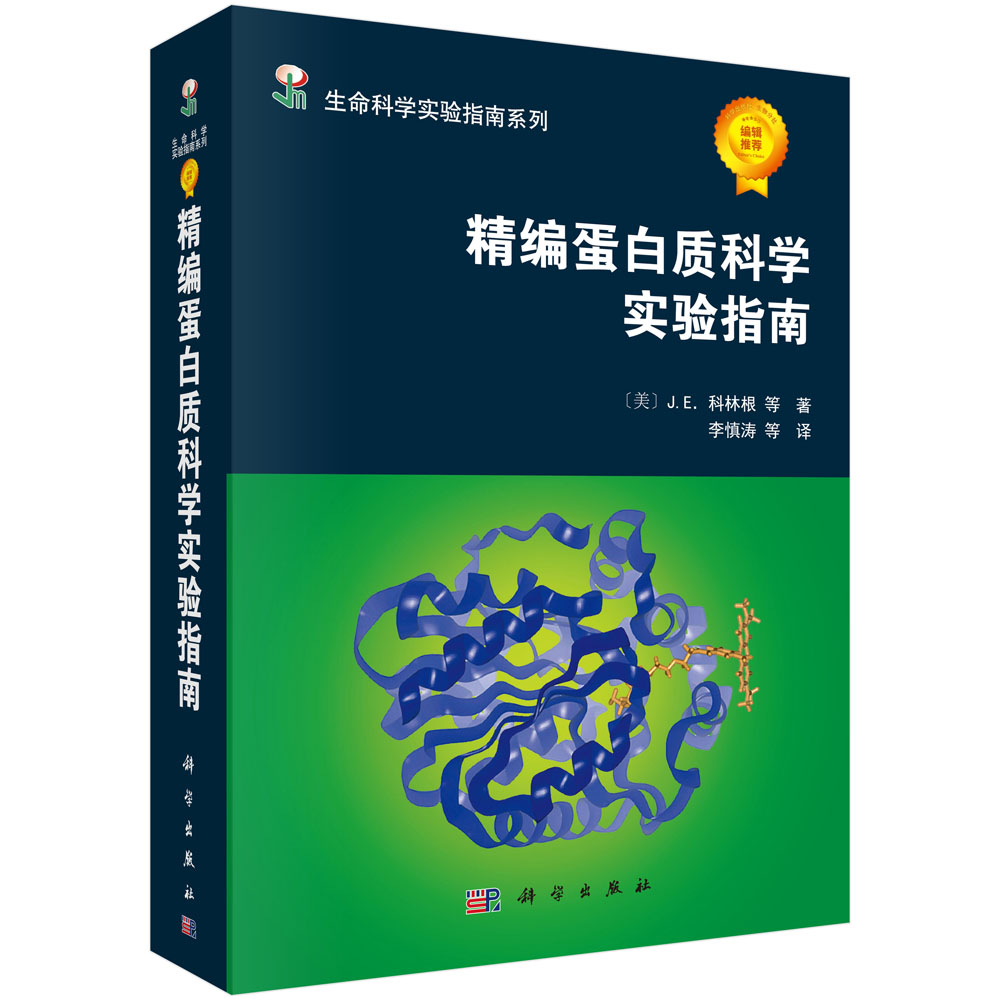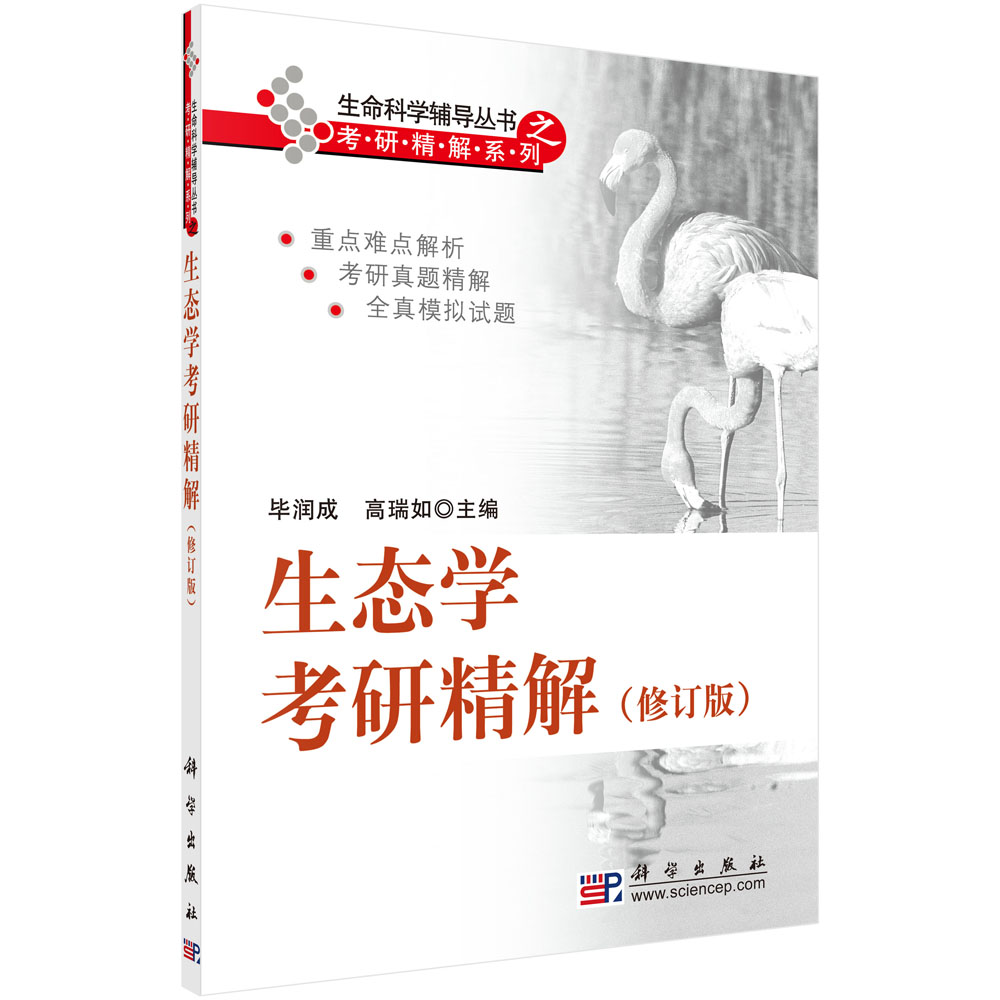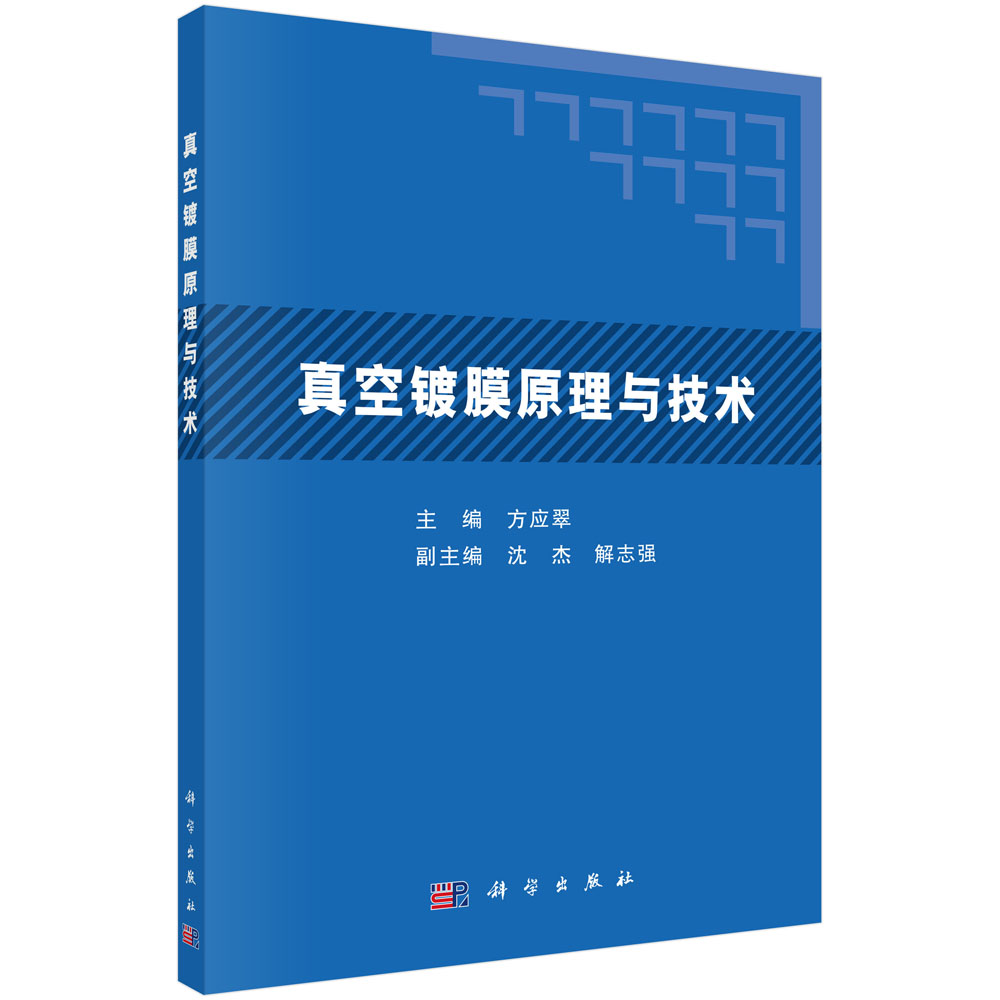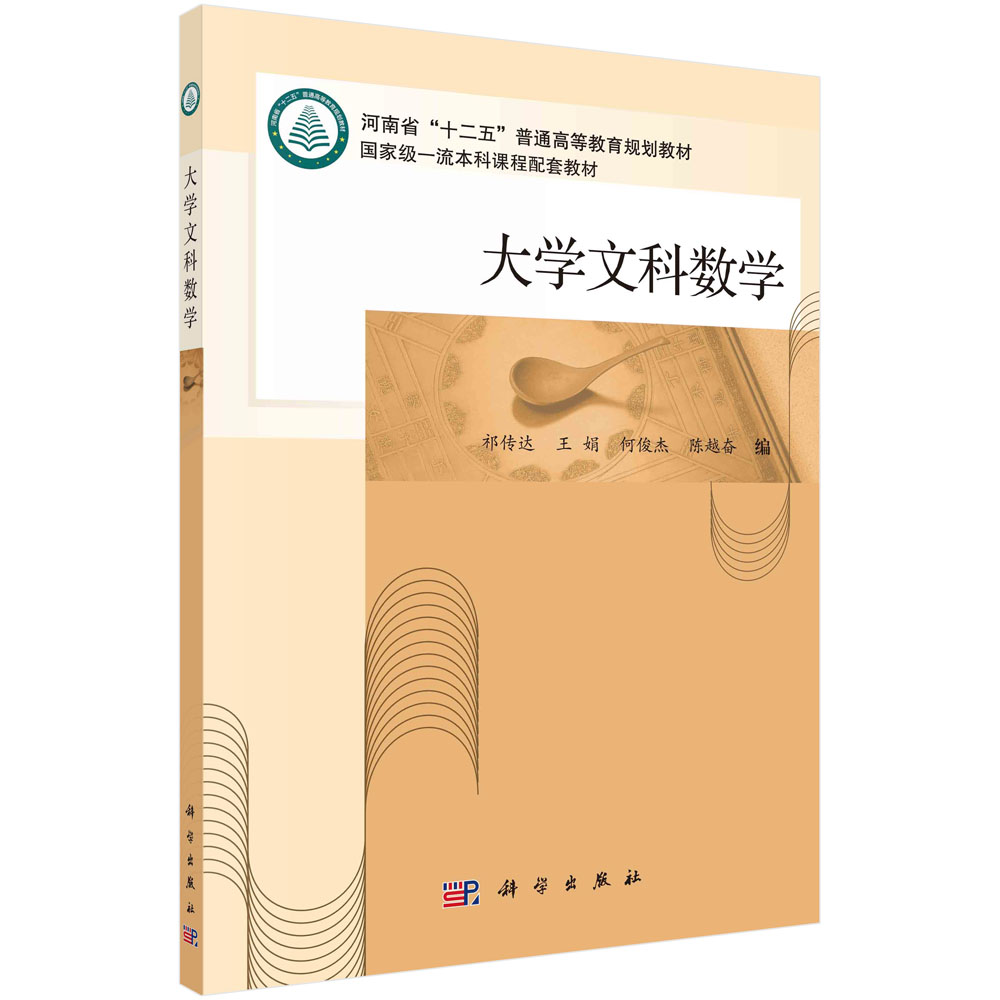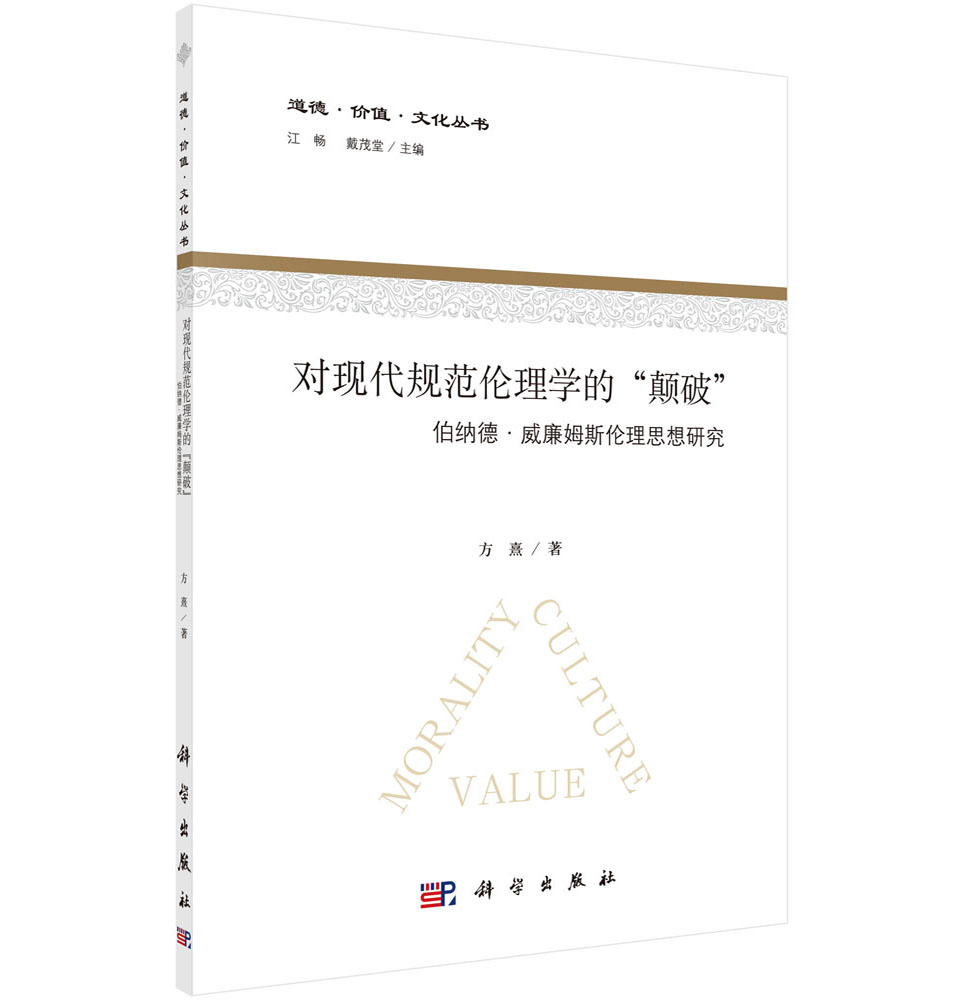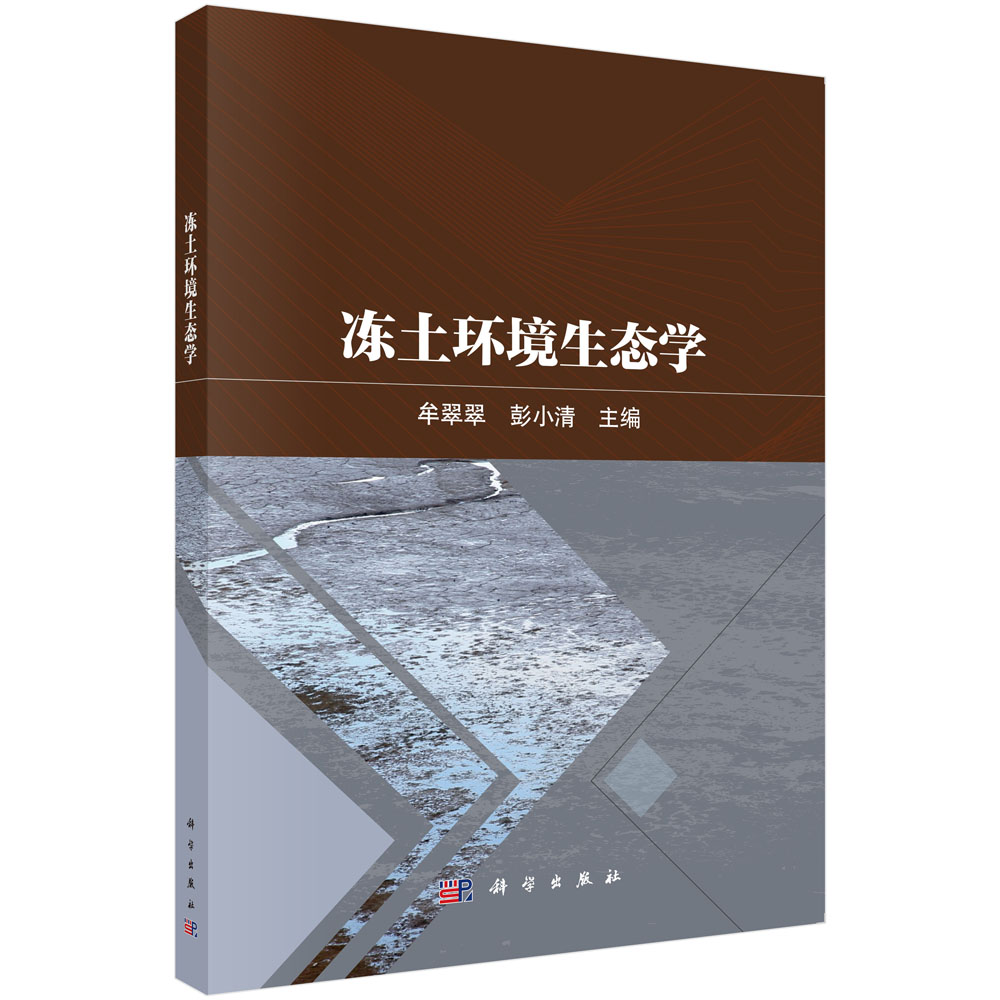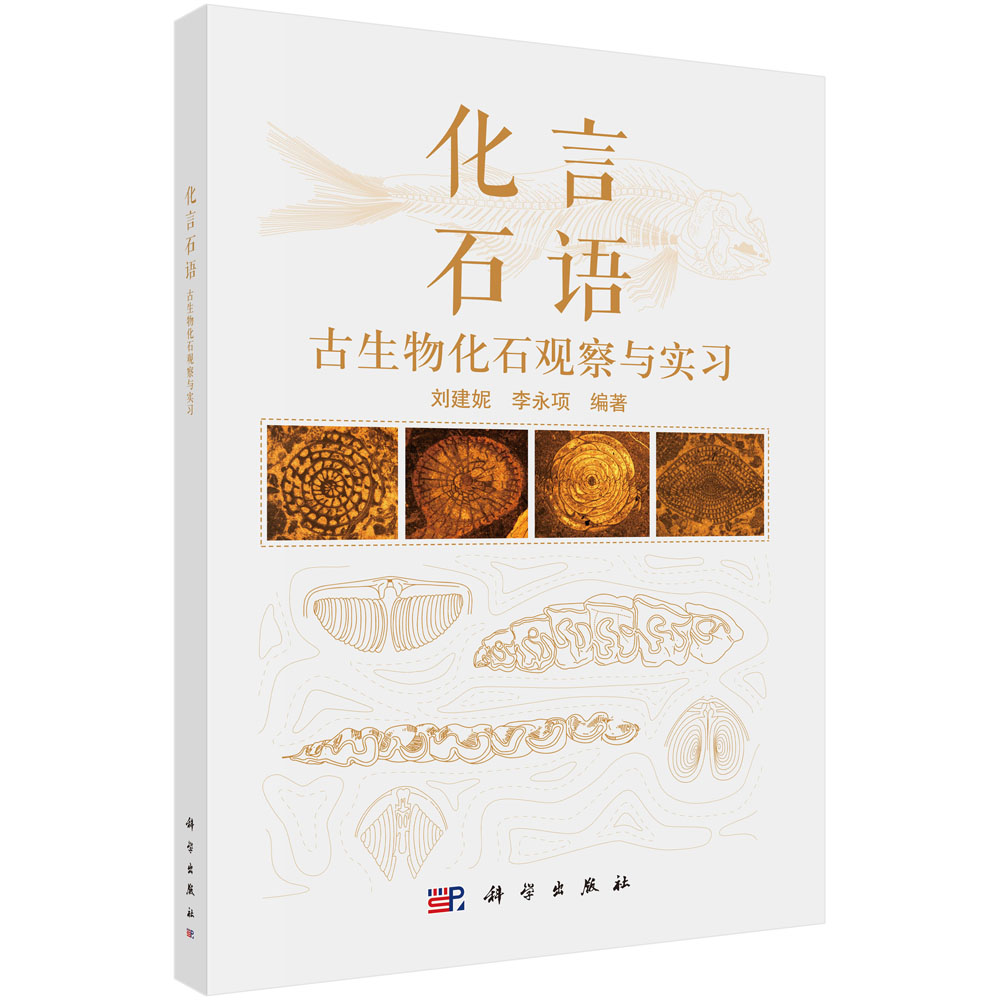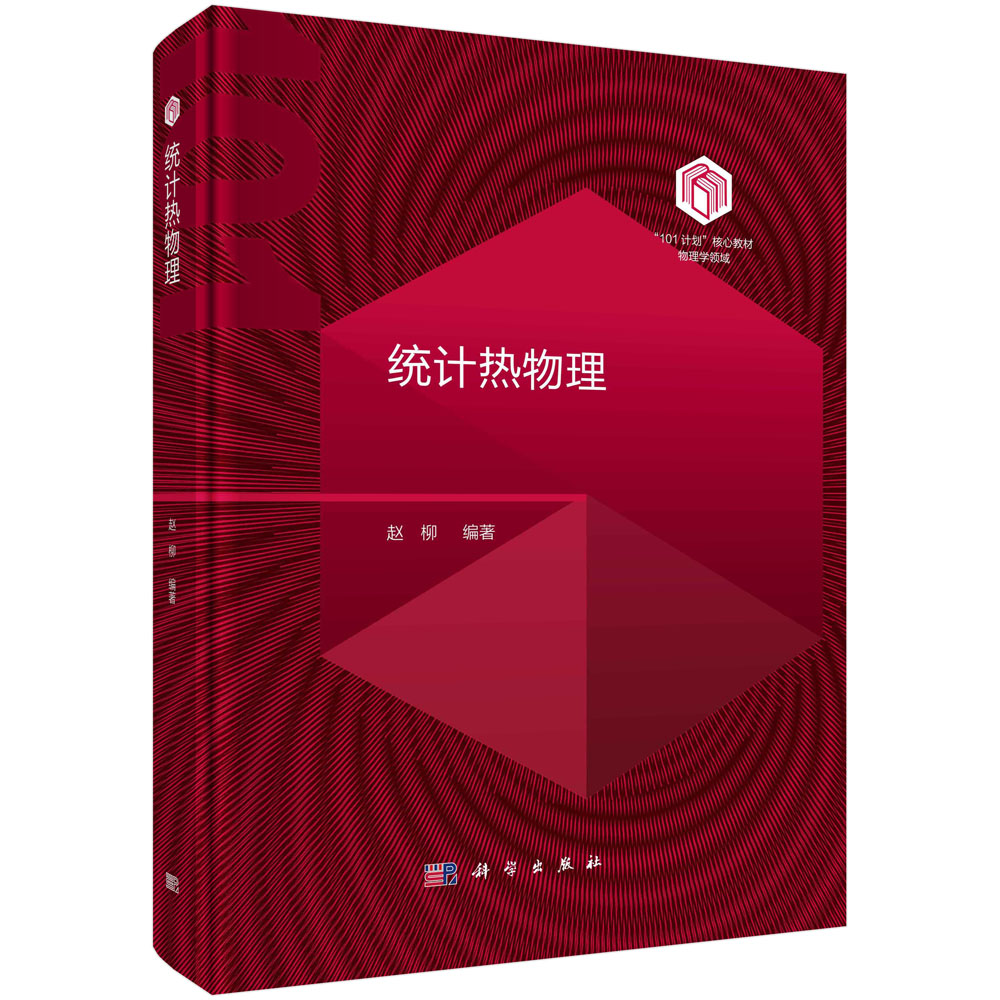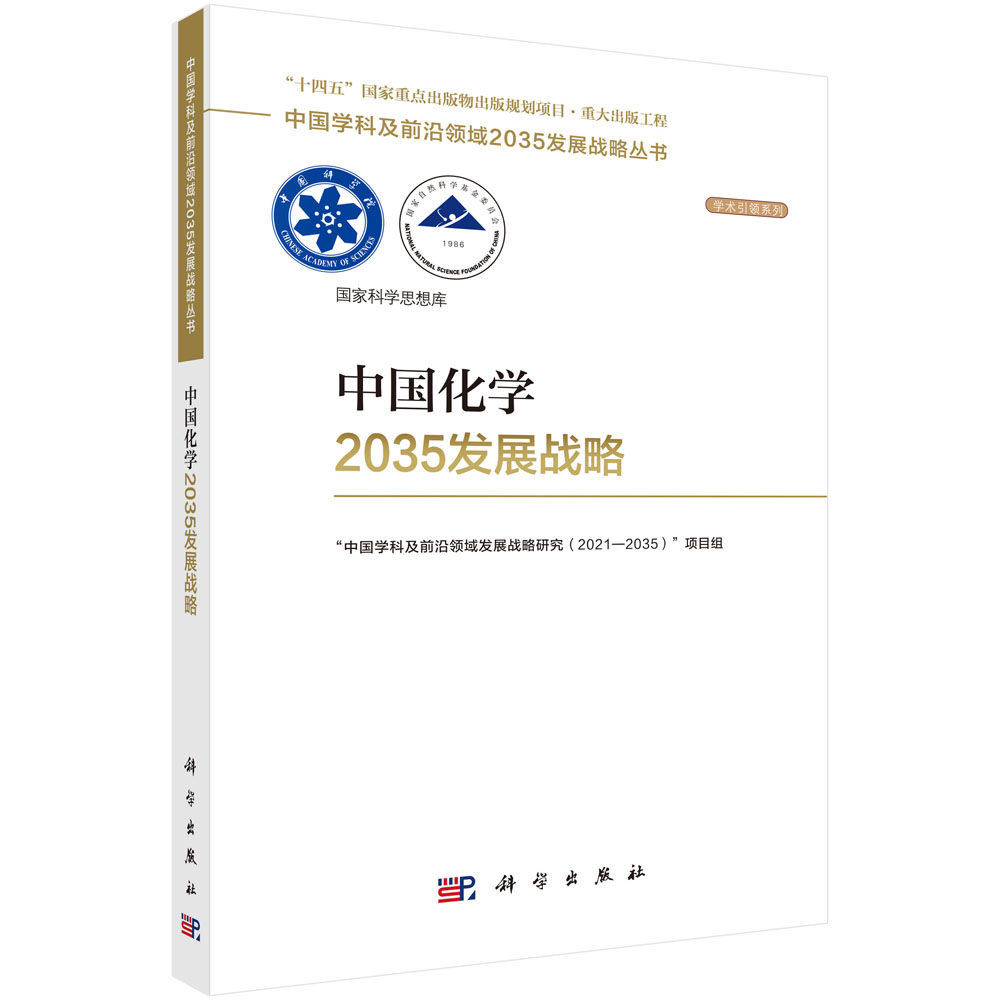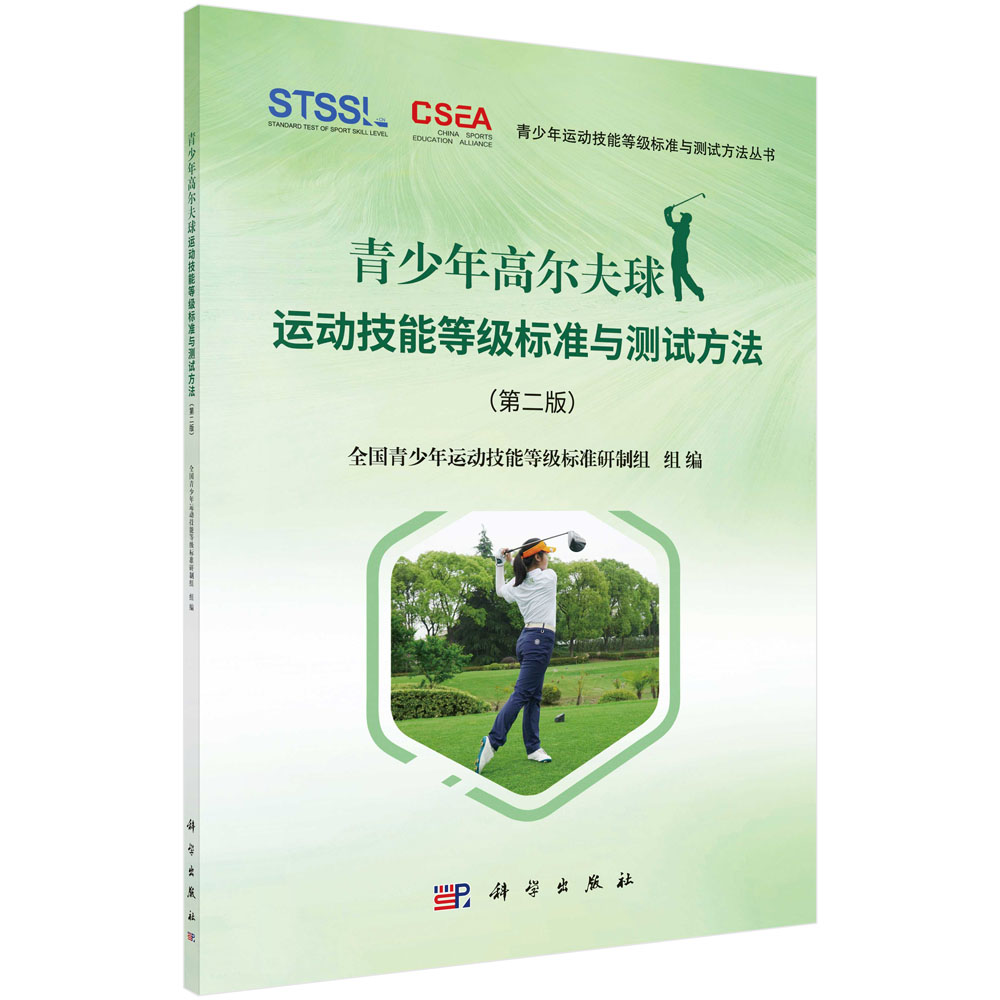焉耆盆地为改造残留的小型盆地,后期强烈构造变格及强烈剥蚀制约了对焉耆盆地发生、发展和消亡过程的认识。本书以改造盆地为指导思想,以野外露头和大量的裂变径迹分析为主线,结合现今盆地构造格局和残留中生代主要地层中岩石矿物及沉积环境研究,与周邻中生代盆地地层、沉积相及烃源岩进行综合对比,系统地探讨了焉耆盆地周缘各山体隆升时限、中生代原始面貌及其演化和后期改造特征,同时分析了油气藏赋存条件与成藏特点。
样章试读
目录
- 目录
沉积盆地动力学与能源矿产——代丛书前言
前言
第一章 盆地区域地质构造 1
第一节 研究概况 1
一、勘探简史 1
二、盆地研究现状 3
第二节 区域地质构造与地球物理场背景 5
一、区域地质背景 5
二、区域地球物理场 5
三、焉耆盆地地球物理场 6
第三节 盆地基底组成和结构 11
一、基底组成 11
二、基底形成与演化 13
三、基底结构 15
第四节 盆地构造单元及其特征 17
一、构造单元划分 17
二、构造单元基本特征 18
三、构造分带及其展布特点 20
第五节 盖层特征 23
一、中生代地层 23
二、新生代地层 25
第二章 周缘山体隆升时限及推覆构造 27
第一节 盆地周缘山体隆升时限与速率 27
一、周缘山体磷灰石表观年龄 27
二、裂变径迹年龄分区 29
三、总体特征 53
四、盆地周缘山体抬升速率 55
第二节 盆地周缘推覆构造 56
一、褶皱构造 57
二、电性(MT)剖面特征 59
三、推覆构造 63
第三章 焉耆盆地构造与改造 75
第一节 盆地构造特征 75
一、断裂构造 75
二、演化剖面特征 84
三、盆地及周邻地区张性构造证据 87
第二节 盆地内部裂变径迹年龄特征 88
一、磷灰石年龄分析 88
二、锆石年龄分析 103
第三节 地层剥蚀与剥蚀厚度恢复 111
一、中生代地层遭剥蚀证据 111
二、剥蚀厚度恢复 116
第四节 构造运动期次及改造 120
一、构造运动期次 120
二、盆地改造特征 121
三、盆地属性 126
第四章 盆地地温场特征及其热演化 128
第一节 现今地温梯度及其影响因素 128
一、现今地温梯度 128
二、现今地温梯度变化规律 130
三、高地温梯度原因分析 131
第二节 古地温及古地温梯度恢复 132
一、侏罗系古地温确定 132
二、与相邻盆地的对比 137
第五章 盆地中生代沉积特征与原始沉积边界探讨 139
第一节 沉积环境及沉积特征 139
一、沉积环境标志分析 139
二、中上三叠统小泉沟组 142
三、下侏罗统八道湾组 144
四、下侏罗统三工河组 146
五、中侏罗统西山窑组 149
六、与邻区对比 153
第二节 岩石矿物特征与沉积边界 154
一、岩石矿物特征分析意义 155
二、岩石矿物特征分析 156
三、古物源分析 174
四、岩石矿物搬运距离对盆地沉积边界的启示 176
第三节 盆地地层厚度与沉积边界关系 179
一、残留地层厚度对盆地沉积边界的启示 179
二、中生代地层等厚线走向趋势法对盆地沉积边界的启示 179
第六章 焉耆盆地原始面貌恢复及演化 185
第一节 与周邻中生代盆地地层对比 185
一、库车拗陷 185
二、库米什盆地 187
三、尤尔都斯盆地 187
四、孔雀河斜坡 187
五、有关启示 188
第二节 与周邻中生代盆地沉积相对比 189
一、库车拗陷 189
二、尤尔都斯盆地和库米什盆地 191
三、孔雀河斜坡 191
第三节 与周邻中生代盆地烃源岩对比 196
一、库车拗陷 196
二、有关启示 201
第四节 焉耆盆地原始面貌探讨 203
一、烃源岩对比 203
二、焉耆盆地中生代原始面貌 203
第五节 焉耆盆地演化及其区域地质意义 213
一、焉耆盆地演化 213
二、区域地质意义 217
第七章 侏罗系煤系源岩有机地球化学特征及评价 222
第一节 烃源岩类型及空间展布 222
第二节 煤系源岩有机显微组分组成及生烃机理 227
一、显微组分组成 227
二、生烃机理 228
第三节 烃源岩的有机地球化学特征 230
一、有机质丰度 230
二、有机质母质类型 230
三、有机质热演化 233
第四节 油源对比研究 240
一、油及各类源岩的碳同位素特征 240
二、原油及各类源岩的生物标记物组成特征 242
三、油源对比结果 246
第八章 油气藏赋存条件与成藏特点 249
第一节 油气赋存条件 249
一、储层特征及周邻盆地对比 249
二、烃源岩及与周邻盆地对比 254
三、盖层及储盖组合 259
四、圈闭特征与形成演化 263
第二节 油气成藏期次 266
一、烃源岩埋藏-改造史与热演化 266
二、矿物流体包裹体分析 267
三、储层自生伊利石年代学分析 269
四、油气成藏期次综合分析 270
第三节 油气成藏单元与含油气系统划分 271
一、油气成藏单元划分 271
二、含油气系统分析 272
第四节 油气藏特征与典型油气田(藏) 277
一、油气藏特征 277
二、典型油气田(藏) 279
第五节 油气成藏主控因素 294
一、储盖组合 294
二、生烃中心距离 294
三、断层发育及封闭性 295
四、后期构造改造强度 297
参考文献 299
CONTENTS
The dynamics of sedimentary basins and energy minerals
Preface
Chapeter 1 Basin geological structure 1
1.1 Research overview 1
1.1.1 Exploration history 1
1.1.2 Basin research tatus 3
1.2 Regional geology and geophysical fields background 5
1.2.1 Regional geological background 5
1.2.2 Regional geophysical fields 5
1.2.3 Geophysical fields of Yanqi Basin 6
1.3 Basement composition and structure 11
1.3.1 Basement composition 11
1.3.2 Basement formation and evolution 13
1.3.3 Basement structure 15
1.4 Structural units and characteristic of basin 17
1.4.1 Division of tectonic units 17
1.4.2 Characteristics of tectonic units 18
1.4.3 Zoning of structures and its distribution 20
1.5 Cap rock characteristics 23
1.5.1 Mesozoic stratum 23
1.5.2 Cenozoic stratum 25
Chapter 2 Uplifting time of mountains around basin and nappe structures 27
2.1 Uplifting time of mountains around basin and rate 27
2.1.1 Apparent age of apatite from mountains around basin 27
2.1.2 Division of fission track age 29
2.1.3 General characteristics 53
2.1.4 Uplifting rate of mountains around basin 55
2.2 Nappe structures around basin 56
2.2.1 Fold structure 57
2.2.2 Electric profile characteristics 59
2.2.3 Nappe structures 63
Chapter 3 Tectonics and transformation of Yanqi Basin 75
3.1 Basin tectonic characteristics 75
3.1.1 Faulted structures 75
3.1.2 Evolution profiles 84
3.1.3 Extensional tectonic in basin and adjacent region 87
3.2 Fission track age in basin 88
3.2.1 Apatite age analysis 88
3.2.2 Zircon age analysis 103
3.3 Strata denudation and erosion thickness restoration 111
3.3.1 Erosion evidence of Mesozoic stratum 111
3.3.2 Erosion thickness restoration 116
3.4 Tectonic movement stage and transformation 120
3.4.1 Tectonic movement stage 120
3.4.2 Transformation characteristics of basin 121
3.4.3 Basins attribution 126
Chapter 4 Basin temperature field and thermal evolution 128
4.1 Current geothermal gradient and influence factor 128
4.1.1 Current geothermal gradient 128
4.1.2 Change of current geothermal gradient 130
4.1.3 Analysis of high geothermal gradient 131
4.2 Paleotemperature and its restore 132
4.2.1 Confirmation of Jurassic paleotemperature 132
4.2.2 Comparison with adjacent basin 137
Chapter 5 Sedimentary features and original sedimentary boundary in Mesozoic 139
5.1 Sedimentary environment and characteristics 139
5.1.1 Analysis of sedimentary environment indicator 139
5.1.2 Middle-upper Triassic Xiaoquangou group 142
5.1.3 Lower Jurassic Badaowan group 144
5.1.4 Lower Jurassic Sangonghe group 146
5.1.5 Middle Jurassic Xishanyao group 149
5.1.6 Comparison with adjacent areas 153
5.2 Rock mineral property and sedimentary boundary 154
5.2.1 Research significance of rock mineral property 155
5.2.2 Analysis of rock mineral property 156
5.2.3 Analysis of palaeosource 174
5.2.4 Enlightenment to sedimentary boundary from carrying distance of rock mineral 176
5.3 Relationship between strata thickness and sedimentary boundary 179
5.3.1 Enlightenment to sedimentary boundary from residual strata 179
5.3.2 Enlightenment to sedimentary boundary from isopach trend of Mesozoic strata 179
Chapter 6 Appearance of original sediment and evolution in Yanqi Basin 185
6.1 Comparison with adjacent Mesozoic formation 185
6.1.1 Kuqa Depression 185
6.1.2 Kumux Basin 187
6.1.3 Yourdusi Basin 187
6.1.4 Kongquehe Slope 187
6.1.5 Some revelation 188
6.2 Comparison with adjacent Mesozoic sediment 189
6.2.1 Kuqa Depression 189
6.2.2 Yourdusi Basin and Kumux Basin 191
6.2.3 Kongquehe Slope 191
6.3 Comparison with adjacent source rocks of Mesozoic basin 196
6.3.1 Kuqa Depression 196
6.3.2 Some revelation 201
6.4 Discussion on original appearance of Yanqi Basin 203
6.4.1 Comparison with source rocks 203
6.4.2 Mesozoic original appearance of Yanqi Basin 203
6.5 Evolution of Yanqi Basin and regional geological significance 213
6.5.1 Evolution of Yanqi Basin 213
6.5.2 Regional geological significance 217
Chapter 7 Organic geochemical characteristics and evaluation of Jurassic coals source rocks 222
7.1 Types and spatial extension of source rock 222
7.2 Organic maceral microscopic group of coal source rocks and hydrocarbon generation mechanism 227
7.2.1 Maceral microscopic group 227
7.2.2 Hydrocarbon generation mechanism 228
7.3 Organic geochemical characteristics of source rocks 230
7.3.1 Organic matter abundance 230
7.3.2 Parent type of organic matter 230
7.3.3 Thermal evolution of organic matter 233
7.4 Research on oil-source correlation 240
7.4.1 Carbon isotope characteristics of oil and source rocks 240
7.4.2 Biomarkers characteristics of oil and source rocks 242
7.4.3 Results of oil and source correlation 246
Chapter 8 Existence condition of hydro-carbon reservoir and characteristics of reservoir-formation 249
8.1 Existence condition of oil and gas 249
8.1.1 Reservoir characteristic and comparison with adjacent basin 249
8.1.2 Source rock and comparison with adjacent basin 254
8.1.3 Cap rock and reservoir-cap association 259
8.1.4 Trap characteristics and formation and evolution 263
8.2 Hydrocarbon accumulation stage 266
8.2.1 Burial-transformation history and thermal evolution of source rock 266
8.2.2 Analysis of mineral fluid inclusions 267
8.2.3 Analysis of authigenic illite age 269
8.2.4 Comprehensive analysis of hydrocarbon accumulation stage 270
8.3 Petroleum accumulation unit and division of petroleum system 271
8.3.1 Division of petroleum accumulation unit 271
8.3.2 Analysis of petroleum system 272
8.4 Characteristics of oil and gas pools and typical oil-gas field (pool) 277
8.4.1 Characteristics of oil and gas pools 277
8.4.2 Typical oil-gas field (pool) 279
8.5 Major controlling factors of petroleum accumulation 294
8.5.1 Reservoir-cap association 294
8.5.2 Distance from hydrocarbon generation center 294
8.5.3 Fault and its sealing 295
8.5.4 Late transformation intensity 297
References 299
